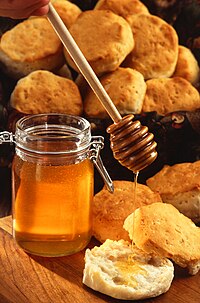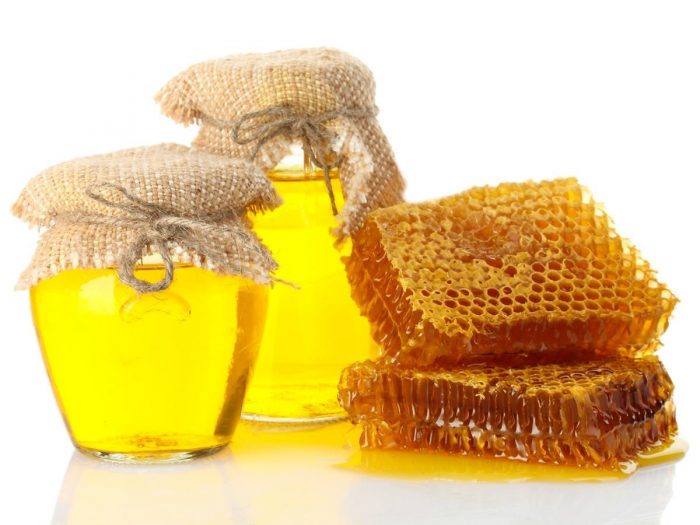Sunday, December 30, 2007
Sunday, November 11, 2007
Honey Storage Tips
While one of the greatest facts on honey storage is that it doesn’t spoil even with no preservatives and additives, liquid honey is susceptible to physical and chemical changes during storage; it tends to darken and lose its some of its aroma and flavor. Over time, liquid honey also tends to naturally crystallise and become lumpy over a period of time. This does not affect the taste and quality of the honey at all, although it changes its appearance. Hence, for commercial reasons, a certain a certain shelf life is often stated on the honey bottles in the shop. I often read from honey storage tips that honey should be kept at room temperature and should not be stored in too cold nor too hot place. The problem here is it can be confusing because room temperature varies from country to country! For instance, where I live, room temperature sometimes could be as high as 35°C but I do not refrigerate any of my honey as as cold temperatures would speed up the process of granulation. Also, the rate of crystallisation varies for the different types of honey. Tupelo honey, for instance, is known to resist crystallization better than other types of honey. I would advise honey to be stored at a temperature of 21°C to 27°C or 70°F to 80°F in a dry cupboard, make sure that the cap is on tight since honey tends to absorb moisture from the environment, which can lower its quality. Also store honey away from direct sunlight as it could affect its properties. And this is the reason why some honey come in dark containers. However, these dark containers do not allow consumers to judge the color, viscosity, clarity, and crytallisation of the honey. Glass packaging is preferred by some people because glass is neutral and doesn’t react to honey and alter its quality. If you wish to restore granulated honey to its natural state, just place the jar over hot water (about 50-60°C), as soon as the granules are dissolved, remove the honey from the heat and let it cool as quickly as possible. Remember, never boil honey! R. Tan is the owner of the website benefits-of-honey.com which is a rich honey resource community specially built for all the honey lovers and fans in this world. She has packed this website with a wide range of quality contents on honey based on her knowledge and experience with honey, so as to promote its invaluable benefits which she believes could bring many positive spin-offs in everyone's daily life. Article Source: http://EzineArticles.com/?expert=Ruth_Tan |
Posted by slily at 4:41 AM 0 comments
Friday, November 9, 2007
Forms of Honey
Honey comes in a number of physical forms, and understanding the variety will certainly help you pick a more appropriate form from the supermarket when you wish to combine honey with other ingredients used in the preparation of foods. Try out the various forms of honey when you have the chance! |
Posted by slily at 6:46 AM 0 comments
Taste Of Honey
Honey Is Probably The Best Source Of Natural Sugar. |
Posted by slily at 6:46 AM 0 comments

